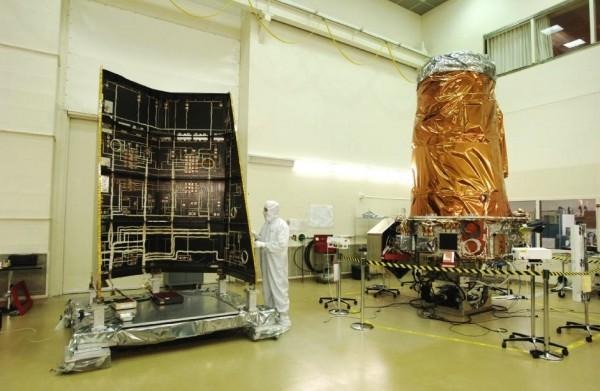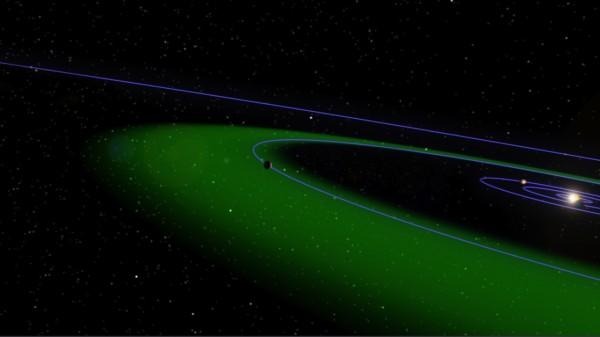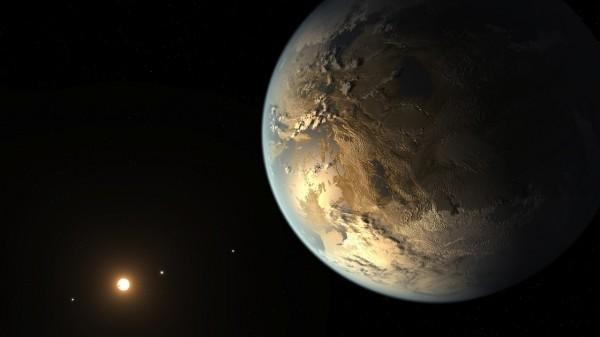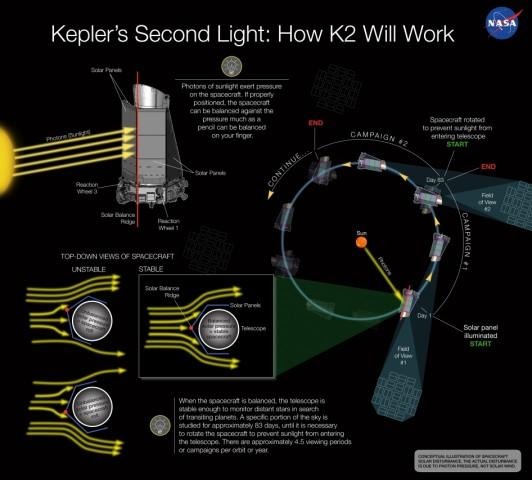SlashGear 101: What Is NASA's Kepler Space Telescope?
NASA's big news today is the first ever sighting of an Earth-sized planet orbiting a star in the "habitable zone", but it's not the first time the Kepler Space Telescope has caught sight of a potentially intriguing distant rock. The space observatory has already cataloged almost 1,000 exoplanets spread across 76 different stellar systems, though Kepler-186f has the unique privilege of being the first "Earth cousin" spotted.
Where is Kepler?
The Kepler Space Telescope isn't a traditional telescope in the sense that it's in an observatory on Earth. Instead, it was launched into space back on March 7th, 2009, as the first step in surveying potential habitable zone planets in the Milky Way.
It carries a 95-megapixel camera array, which captures shots of distant galaxies through a 1.4m wide primary mirror specially manufactured for the project by Gorilla Glass creator Corning. However, since shots of that resolution are too large to be beamed back to scientists on Earth, Kepler automatically sends only pre-selected areas of interest.

Initially, NASA's Jet Propulsion Laboratory – the same group responsible for the Mars Curiosity rover – intended the Kepler project to run for three and a half years. However, that was extended in 2012, after greater than predicted noise in the data Kepler was gathering meant the overall mission was slower to run than had been expected.
In terms of where it is physically, Kepler is "Earth-trailing", with a slightly longer orbit of the sun than our planet, at one rotation ever 372.5 days. That means it's constantly getting a little further away from us.
What's the "habitable zone"?
In short, it's the sweet-spot – or, more accurately, the sweet band – around a star within which liquid water could be supported. Any closer, and it would be too hot and any water would be gaseous; any further out, and it would be too cold, and any water would freeze.

Officially it's the circumstellar habitable zone (CHZ), but colloquially it's also referred to as the Goldilocks Zone, because it's "just right" for water, in theory at least.
What about an exoplanet?
Astronomers refer to any planet outside of our solar system as an exoplanet, though they needn't necessarily be akin to our own in their structure. Some are gas giants, similar to Jupiter, while others are much smaller.
Scientists have even found unusual examples unseen in our solar system, with higher proportions of carbon, or so-called Super Earths, which have mass greater than our planet, but which fall short of the size of the smaller gas giants.
Could Kepler-186f support life?
Just being in the habitable zone doesn't guarantee it, no. In fact, falling within that band only ticks one of a large number of boxes: the actual atmospheric conditions of a planet have a great impact on how hot it is, so even if Kepler-186f is in the right sort of place, it still might not have the necessary conditions to support life as we know it.

So we've found Kepler-186f, when can I move in?
Not for a long time. First off, it's 500 light years away from us, which would make for a particularly lengthy journey. You'd probably have to take a torch, too, since while it's in the habitable zone, Kepler-186f is closer to its outer edge than Earth is. NASA suggests that, at its brightest point at noon, the distant exoplanet would still only be as bright as Earth is an hour before sunset.
The next stage is doing further exploring, with Kepler looking for more possible Earth-twin candidates, while projects like the Transiting Exoplanet Survey Satellite and the James Webb Space Telescope dig deeper into composition and atmospheric conditions of some of the nearer examples.
What's Kepler K2?
Kepler's mission was extended until 2016, but the hardware wasn't really designed to run that long, and failures have already begun. Back in mid-2012, one of Kepler's reaction wheels – used to angle it – failed; the second followed on in 2013. Kepler needs three of the four to be working in order to operate as designed.

In response, NASA and the JPL came up with "Second Light" or Kepler K2, a new mission to use what remains of the space telescope's capabilities in different ways.
The mission will see Kepler actually expand its area of interest, hunting down signs of supernovas, forming starts, and other objects like asteroids and comets. As of earlier this year, testing had begun on putting K2 into practice.
